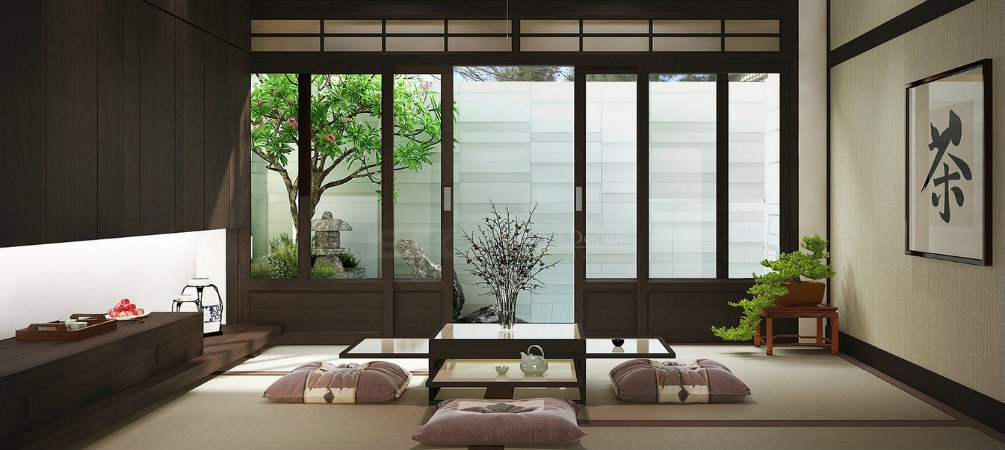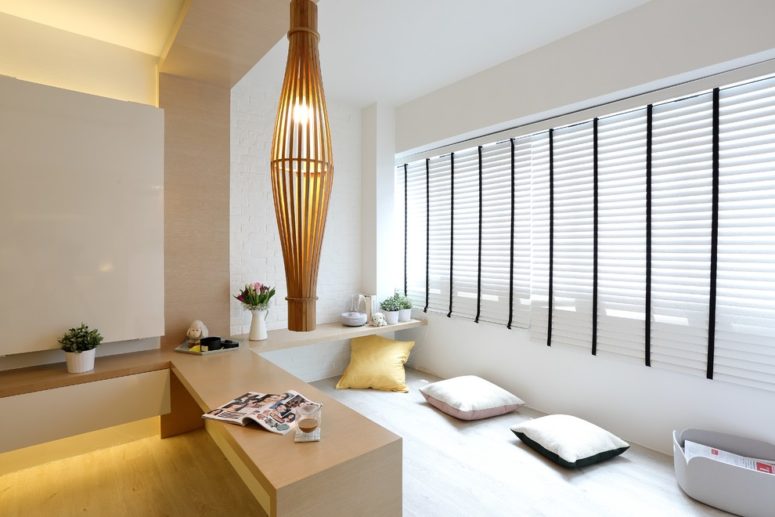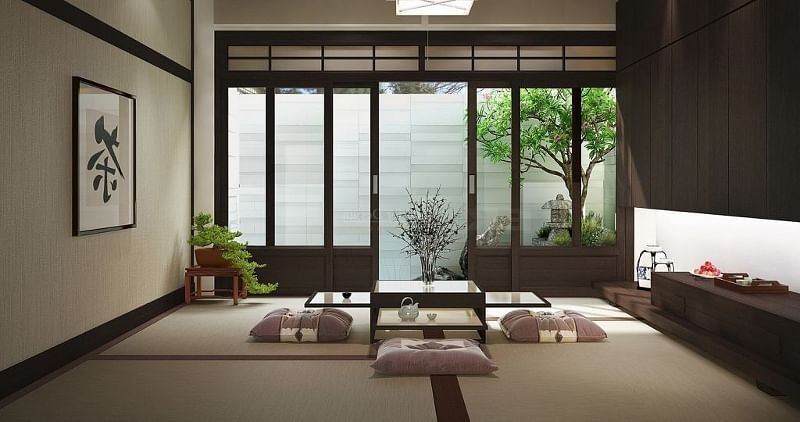Okikiko.com – A Japanese family room will resemble a European or American family room, but it will also have elements of Asian culture. The Japanese tend to have minimalistic walls that don’t have a lot of pictures. Instead, they use several plants, like orchids, paper lanterns, and bonsai trees. Aside from these living plants, you can also use high-quality fake plants to emulate the natural look of the real thing.
Characteristics of Japanese-Style Family Room Design
One of the key features of Japanese design is the cleanness of the space. Unlike other styles, Japanese designs do not have any clutter, so they’re perfect for homes with small spaces. This style also encourages minimalism by removing cabinetry and surfaces. You should also opt for open-air furniture without any armrests. You’ll be glad you did. This style also gives you a modern twist on traditional Japanese styles.
A traditional Japanese home will have a family room, with plenty of space and a storage area. This room also has a small traditional dining space. A television and a DVD player are standard, and there’s even an ensuite bathroom. The Japanese family room is an ideal place for a family to come together and spend time together. They’ll love having a space that has everything they need. And the Japanese have a unique way of doing this.

Another Japanese home decoration that is popular throughout the country is a kotatsu. A “kotatsu” is a low table that has a thick blanket under its tabletop. Kotatsus are fitted with an electrical heater. Guests will feel comfortable sitting in them and eating snacks, while the warmth of the heater will keep them warm. When it comes to Japanese family room design, it’s important to consider your lifestyle before deciding on a particular style.
A Great Way to Define Space and Create An Atmosphere
In addition to a tatami mat, you’ll want to consider the tatami mats themselves. These are important for Japanese interior decorating because they serve as a form of furniture. The size of a tatami mat is often expressed in terms of how many mats are used in a room. A tatami mat is a great way to define space and create an atmosphere. The tatami mats themselves have uniform size and shape. Traditionally, they measure 108 centimeters by 90 centimeters. They are also used to measure the street frontage and spaces between pillars in a Japanese home.
Another important aspect of a Japanese family room design is the use of natural materials. Instead of using traditional wood accents, choose wooden items that have been stained a warm color. Natural fibers and textures should also be used in the decoration. While wood is the main material in Japanese interior design, you can use paper, bamboo, and fabric to make your room look more Japanese. You can also use a yellow or red accent for a pop of color.

As the living space in Japanese homes is often limited, it is common for them to have a minimalist design. Most Japanese designs are minimalist and based on basic furniture sizes and neutral colors. Keeping things simple is key to a Japanese family room. If you want to incorporate the best of both worlds, it’s important to consider your needs and the size of your space. Incorporating both styles can help you achieve a harmonious home.
Cozy Japanese Living Room Design
The design of a Japanese family room can be difficult to copy, but there are plenty of ways to make one. Japanese rooms typically have wooden floors and floor-to-ceiling windows. These rooms are spacious enough for four to six people to sit in. And the Japanese have a way of using thick cushions as extra beds. You can even place a 10 cm-thick cushion in a corner to create a cosy atmosphere for your family.
In addition to chairs, a traditional Japanese family room may feature a tokonoma, a small alcove with a raised floor. A work of calligraphy or ikebana flower arrangement is often placed in the center. On the floor, a seasonal ikebana arrangement is placed. On top of the ikebana arrangement, a doll may be displayed. Some families even place dolls in their tokonoma to celebrate a special occasion.

The washitsu, or family room, is the most common type of room in Japanese homes. The traditional washitsu is used for religious rituals and displays family history. It is also a space for offering prayers. In addition to the traditional furniture, a Japanese family room will feature special low tables and chairs called kotatsu. In addition to the traditional furniture, a washitsu may also contain a television, computer, and other modern amenities.


